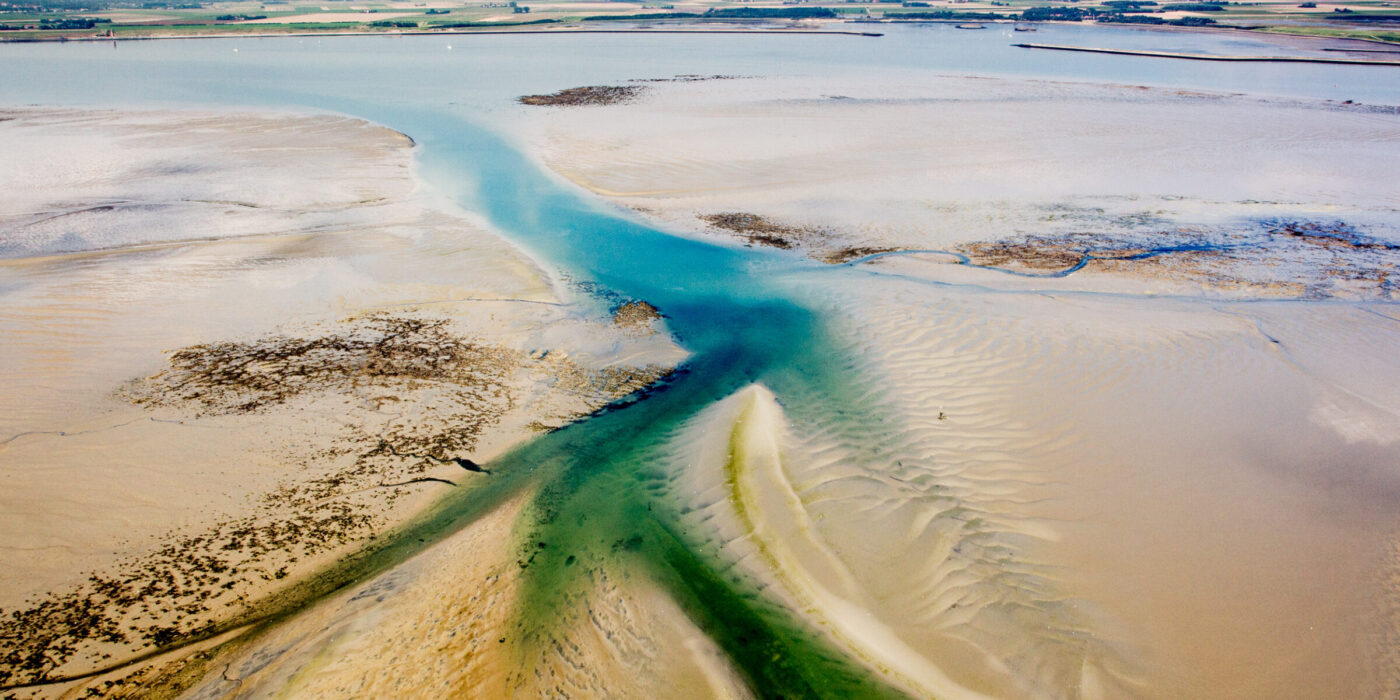
In six hours the tide comes in, the water rises and then in the same time the tide flows out and the water lowers. The best way to tell at what point the tide is during your visit to the Oosterschelde National Park, is by looking at the tide table. Keep in mind: they are predictions. The direction of the wind and the force of the wind determine the actual tide.
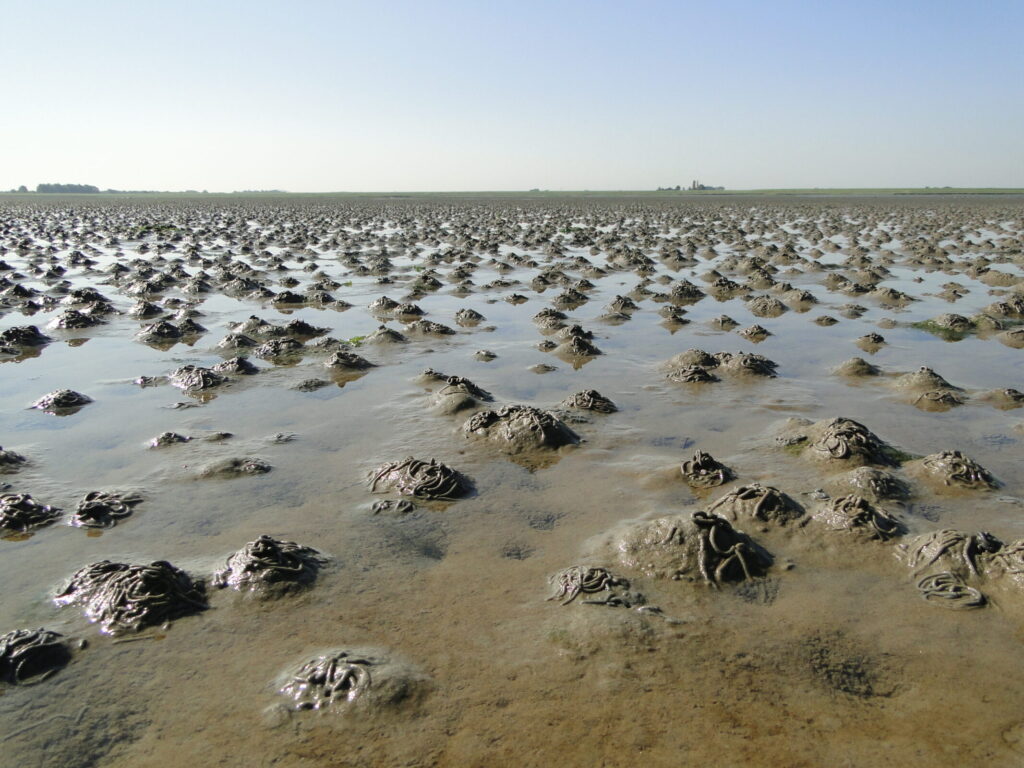
How do the tide tables work?
- The prediction you see is based on the location Yerseke for two days back and two days ahead. You can change this by clicking the checked box and choosing the other option.
- In the graph the thick vertical line is the current status. The tide is a wave movement. If the line is at its lowest point, then it is low tide and if the line is at its highest point, it is high tide. You can move along the lines with your mouse. Then a window will appear in which you can see when it is the tide.
- The third column of the table indicates the height of the tide. The fourth column only indicates when it is high or low tide.
- The high-low tide option simply indicates when it is high tide and when it is low tide. It also shows the phases of the moon.
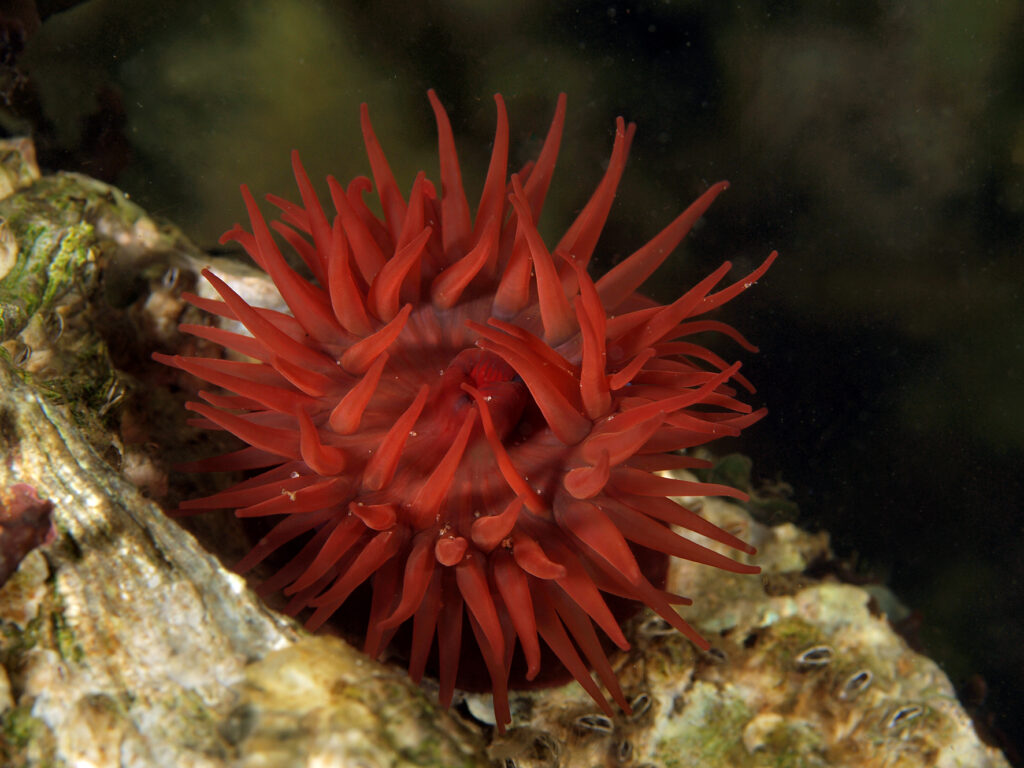
Activities at low tide
At low tide the sandbanks and mudflats surface and the old harbour empties out. The water streams into the North Sea through the Eastern Scheldt storm surge barrier (Oosterscheldekering).
- Look for washed up critters and man-made items on the beaches. Also check the pools in between the stones! Amongst the things that have washed ashore, you will often find trash. Take this and throw it in the waste bins – all little things help. Tip: download the beach find – bingo cards below!
- Take your fishing net to one of the tide pools (see below), look for crabs, lobsters and shrimp.
- Go on excursion through the mudflats for the ultimate experience of the Eastern Scheldt.
- Explore the sandbanks and mudflats for seals and birds (such as from high up on the Plompe Toren, or from the water)
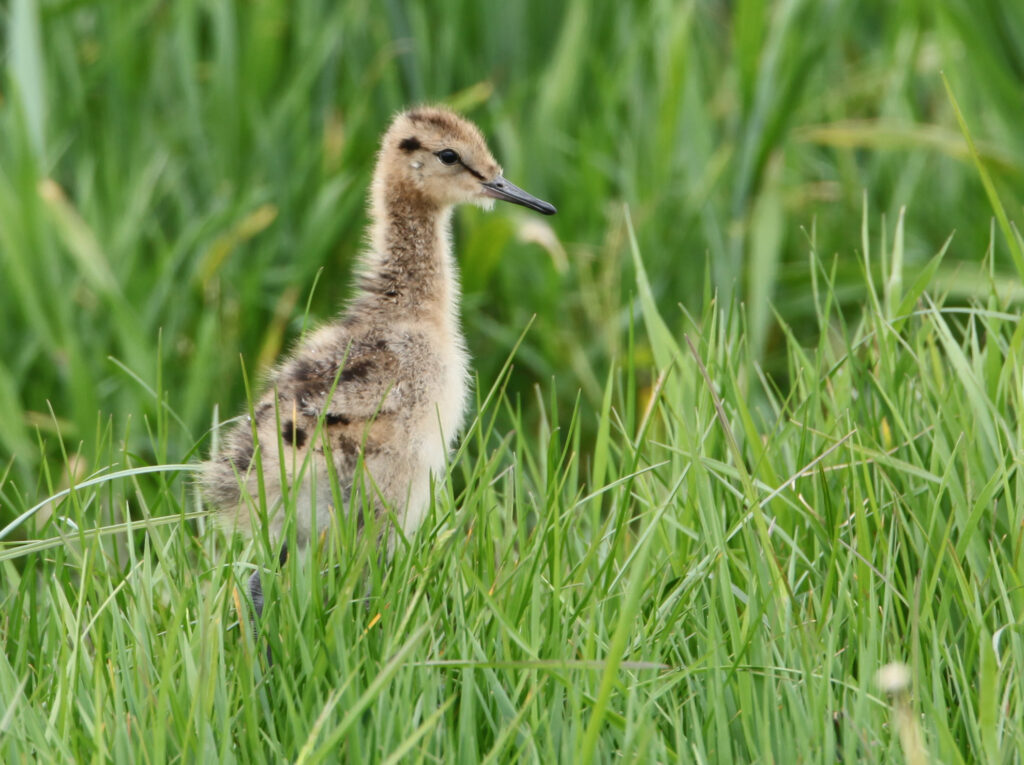
Activities at high tide
When it is high tide, water flows into the Eastern Scheldt. Birds fly land inwards and wait for low tide from behind the dyke. Good to remember: there is more to see and do at low tide than high tide. You can still:
- Spot birds in the inlays (the land between the two dykes)
- Swim
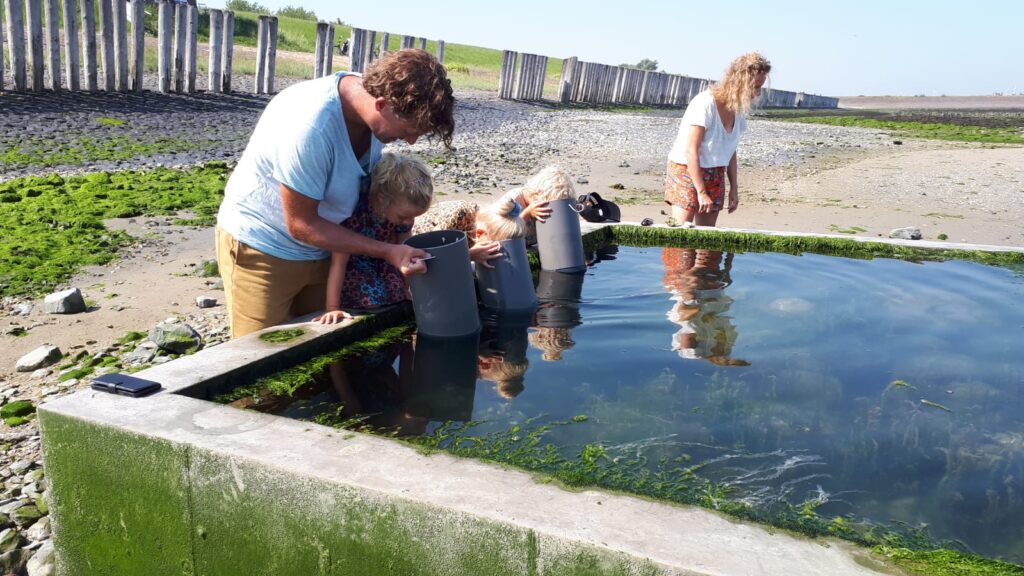
Tide pools
In the tide pools you can experience the underwater world! Within six hours it is high tide and then the tide turns and it is low tide. During low tide (low water) the tide pools emerge and you can look for the Eastern Scheldt underwater life. Without getting wet!
What lives in a tide pool?
- Crabs and shrimp like the little hermit crab. It has a vulnerable lower body, with which it crawls into the shell of for example a sea snail or periwinkle.
- Shrimp – here they are usually grey tints and transparent. They can dig themselves in quickly and keep their eyes above the sand. Just like periscopes!
- Anemones look beautiful under water. In the Eastern Scheldt you can find the beadlet anemone, dahlia anemone and frilled anemone. You can carefully touch them: they don’t sting and feel a little sticky at most.
- Japanese oysters – the Eastern Scheldt is full of them. Beware of their sharp edges.
- Fish also swim in tide pools. Like black gobies, that often lie on stones underwater, sunbathing.
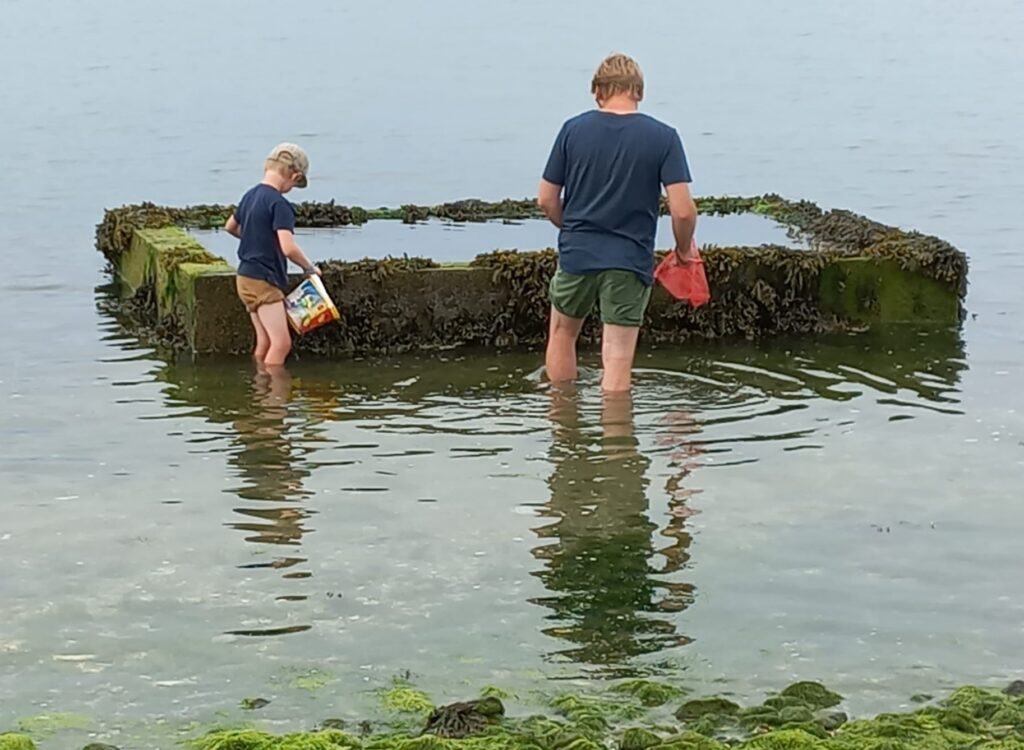
Where can you find tide pools?
- Island Neeltje Jans
- Ouwerkerk, Schouwen-Duiveland
- Bruinisse, Schouwen-Duiveland
- Wissenkerke, Noord-Beveland
- Wemeldinge, Zuid-Beveland
- Gorishoek, Tholen
Tip: Bring a fishing net and a white bucket or basin. Then you can really see clearly what lives there!

